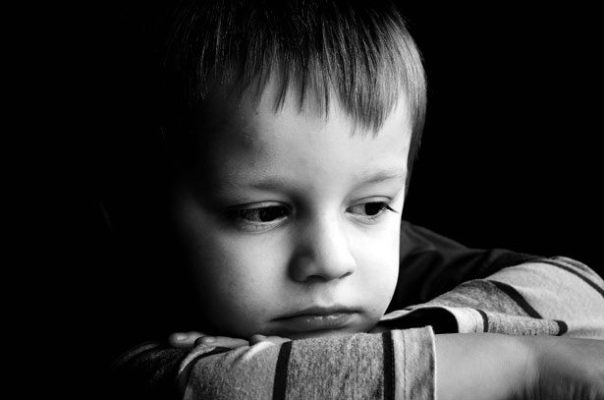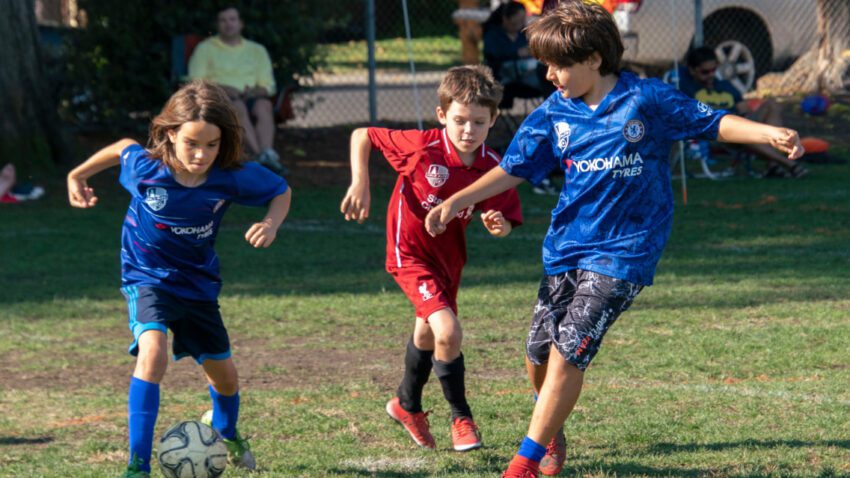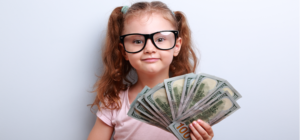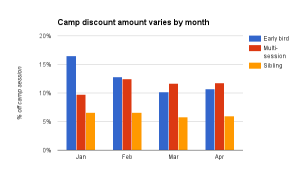
While it would be a better world where no children experience the trauma of abuse, loss or violence, it unfortunately isn’t realistic.
Many children all over the country deal with Post Traumatic Stress Disorder (PTSD) following an exceptionally traumatizing event. Symptoms may include depression, anxiety, nightmares, change in appetite and loss of interest in relationships and pastimes.
Even though a child may not want to return to an activity or routine that was in place before the traumatic event occurred, PTSD may also open up the door for a new life passion to develop. Sports and activities are extremely beneficial for those healing from such a hindrance, and can speed the return to a normal, healthy life.
The Science
Several studies have been conducted to determine just how helpful extracurriculur activities for kids with PTSD can be.
In a 1983 study, rap groups were used versus formal group therapy. While no formal conclusions were made, there is evidence that taking part in the musical group had a distinct benefit over just simple talk therapy.
In the 1990s through present day, studies were conducted using art therapy, sports teams and more to determine the legitimacy of activities helping children overcome their personal trauma. Some were inconclusive, while many others showed a positive turn in a strong number of participants.
Trauma & Sports
Sports are excellent for children who have been physically or sexually abused, or perhaps have witnessed an incident of violence such as someone being killed or a car accident.
Since sports involve so much coordination of the body, it may help kids feel back “in control” in such a way the traumatic event robbed them of. The more they get involved with sports, the more in control of their deliberate movements and actions they will feel.
A child who is easily startled will may become less jittery with a contact sport or something that involves a team effort of passing, throwing, stealing or catching.
Dance, gymnastics and other artistic genres that involve the body are also activities for kids with PTSD, as they again give control back to the child – allowing her to use her body in a positive way after having it signify a negative event for quite some time.
Art & Music
One of the most popular methods of healing for children is art or music therapy.
Not only does this redirect the child’s memories toward something positive, but it allows the trauma to be worked out in a creative way. A child is able to express themselves through drawing, painting or song writing – whether they choose to produce butterflies or scenes of abuse.
Either way, their creative juices get flowing and there is less room for a relapse of depression or anxiety.
Video Games
Believe it or not, video games CAN be good for your child – but only in certain instances.
Tetris specifically has been shown as one of the greatest activities for kids with PTSD. Yes, the classic block sorting game.
How can that be?
It taps into your visuospatial skills – the ones you need to see, focus and act. These skills also produce flashbacks of a traumatic incident, which everyone with PTSD greatly desires to reduce in occurrence.
While Tetris does not remove the memory, it does in fact change a person’s reaction to them. This can assist greatly in healing.
Obviously, other video games – especially those that involve violence – are not all cleared as a psychological use. Check with your pediatrician before encouraging too much game play of a specific title.
If a child has experienced a traumatic event, formal counseling and proper support from friends and family are the most essential roads toward recovery. However, getting involved in a brand new after school activity or making new friends that encourage camaraderie and an honest distraction from the past are proving to be just as important in the grand scheme of things.
Written by Tamara Warta

















